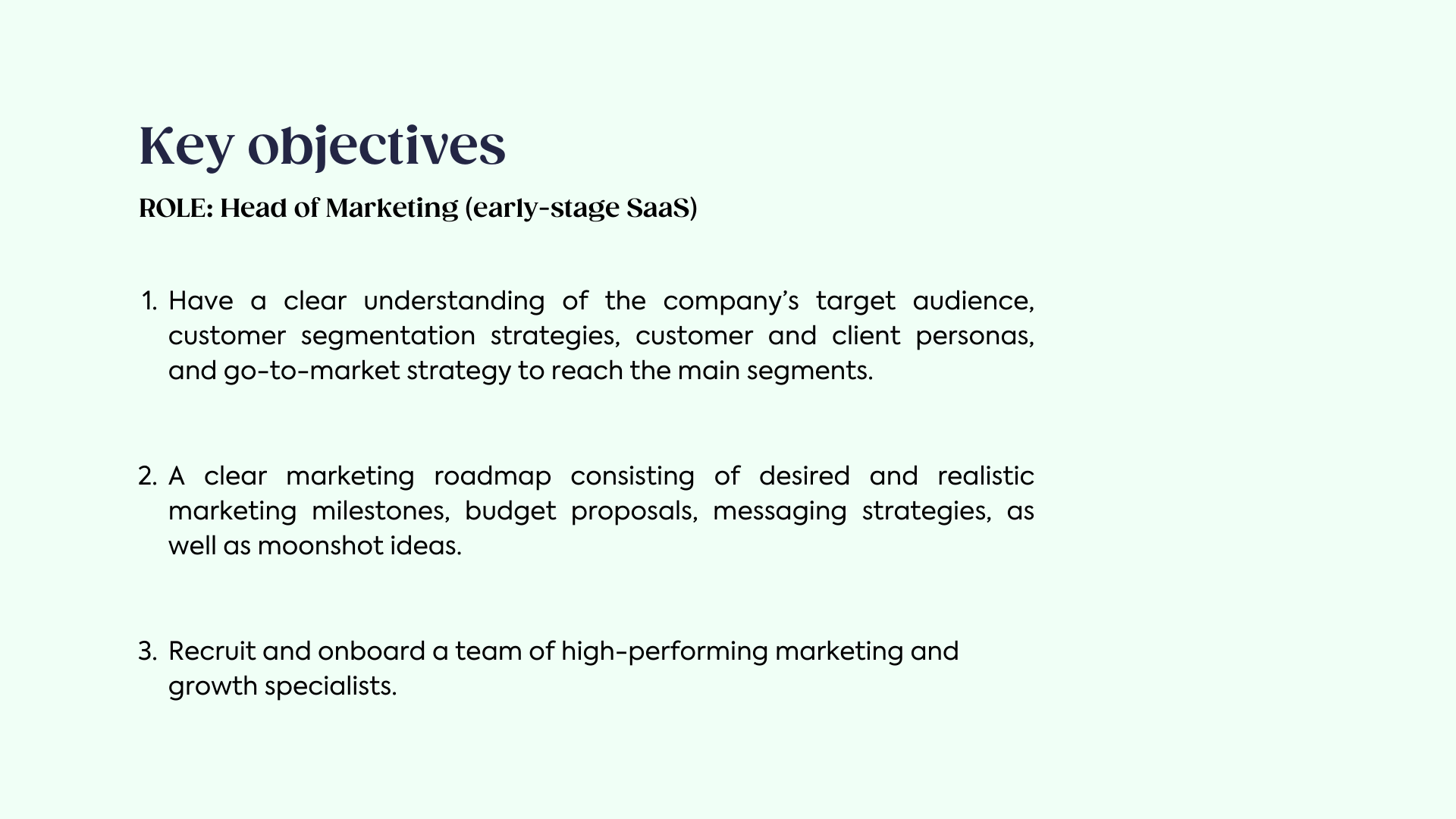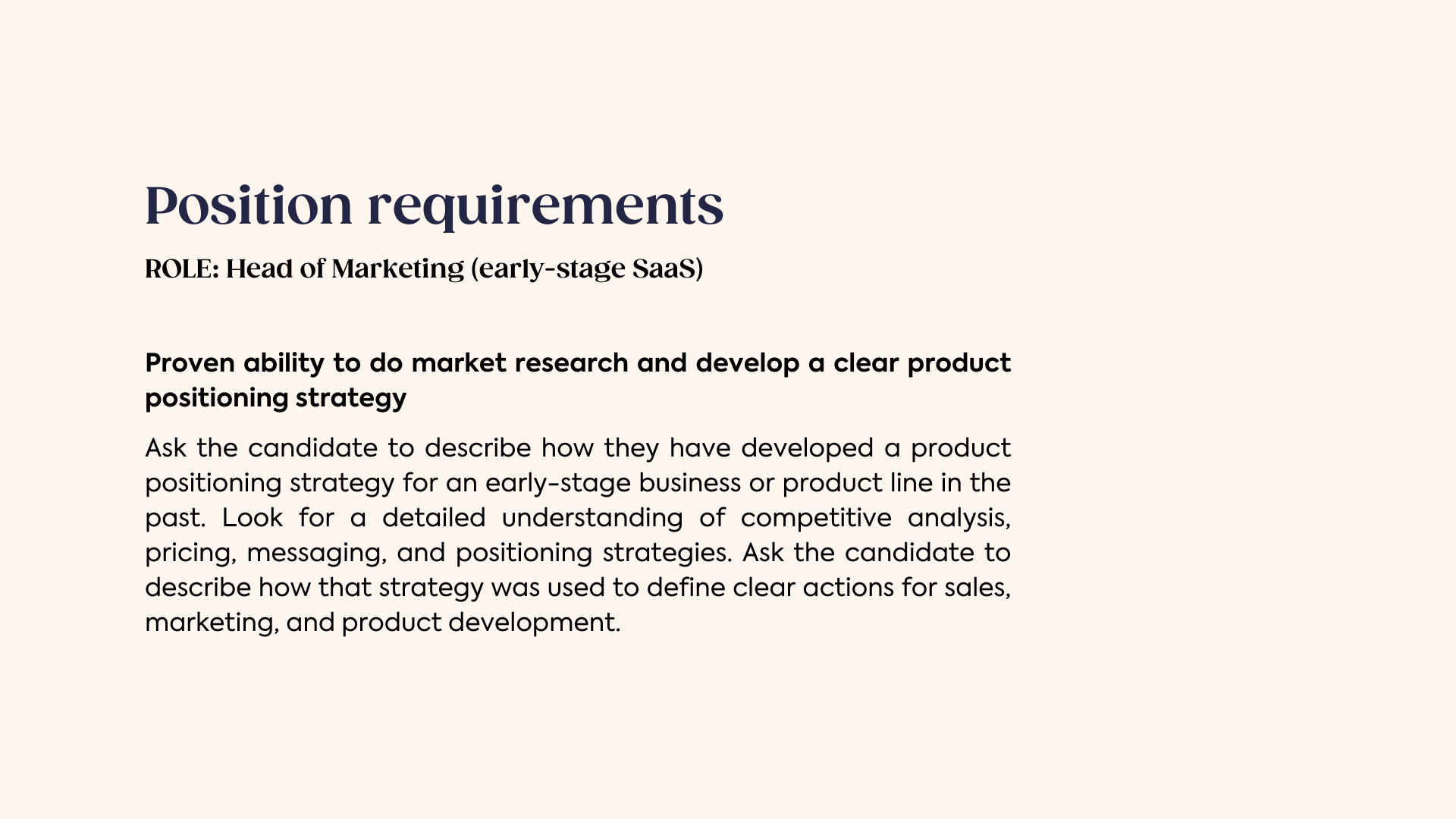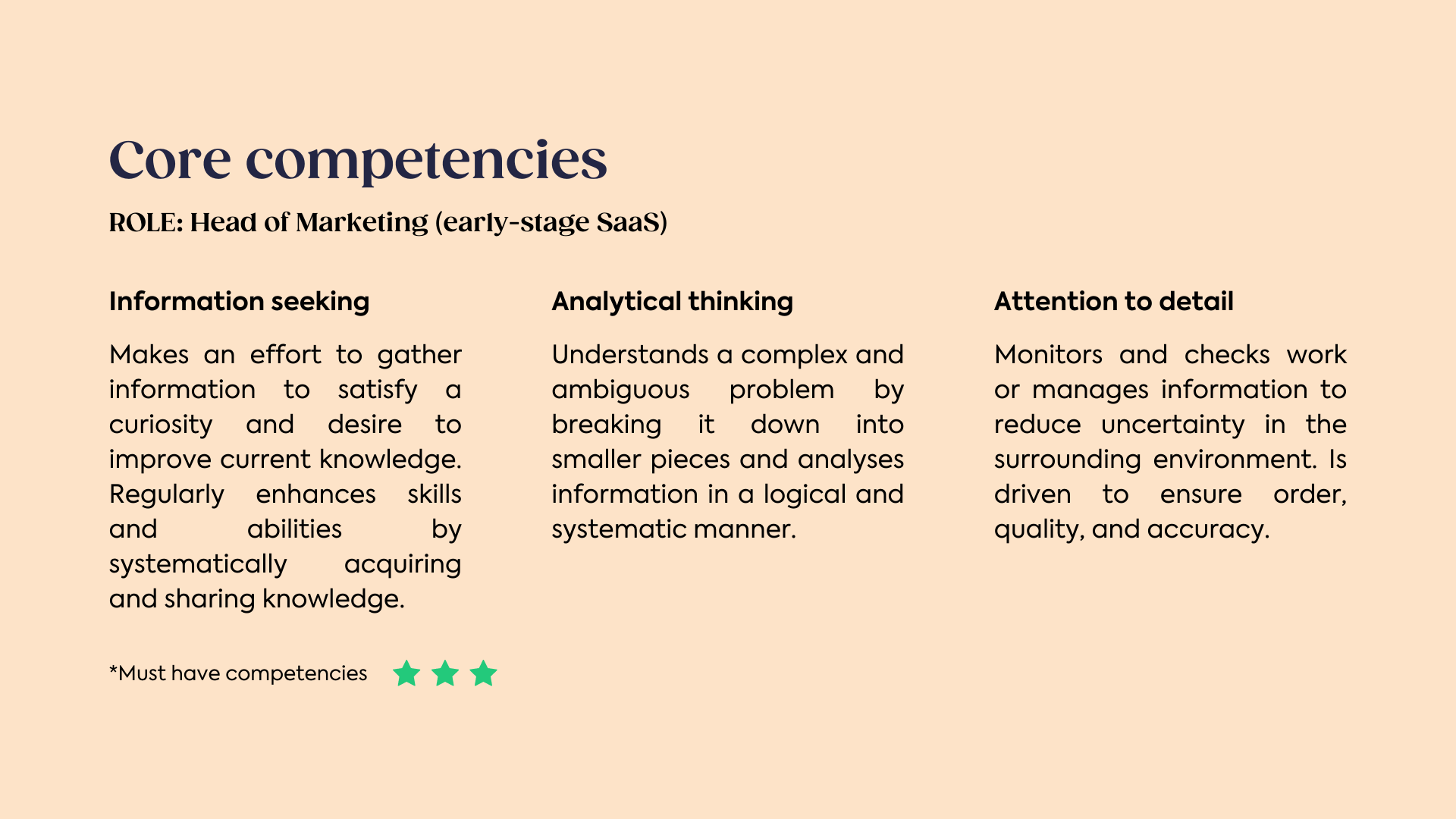How to write better job descriptions
Learn how to write job descriptions that include all the crucial information and none of the irrelevant and confusing details.
In a typical hiring situation, when someone leaves or gets promoted, a message is passed down to HR that a position needs to be filled.
The next step is often digging out a job description used to hire for the role years ago and using that for the hiring.
Since there already is a job description, the hiring executive or manager has an understanding that everything is in place and all that is missing are candidates to interview. Bring me some candidates to interview. The executive tells the HR team.
On the surface, time and energy were saved by using an existing job description. But the chances of a bad hire are sky-high without a proper analysis of if and how the role has evolved over the years.
Change is inevitable. Companies and roles grow and change as responsibilities are added or removed from a specific position. A document written years ago cannot possibly cover all of these; thus, updating an existing job description before hiring is a must.
The job of updating starts by understanding the role with the help of a position map or a position description.
Is using an old job description a good idea?
- Absolutely, it saves time and money and the HR team can get to work faster!
- No. A document written years ago cannot possible reflect the reality of today.
- It depends how old the job description is.
Not a general description
A position map is not a general description written by the HR team. It’s an agreement between all stakeholders.
Often there are more than one manager and/or executive involved in the process, and then the first step is getting them to agree on who they are looking for.
This agreement covers a role description, what the new hire needs to achieve (key objectives), position requirements, and core competencies that will help differentiate candidates. Together these criteria make up the position description or a position map.
It can be tempting to write down everything and go into the tiniest details. This is not advisable. A position map should include a maximum of 10 criteria, which need to be measurable.
What is a position map?
- A general position written by HR.
- A map to the executive's office.
- An agreement between all stakeholders.
Role description
A clear and focused 1-2 sentences describing the role. No need to add long lists of requirements or a company introduction. Short and sweet.
Key objectives
Describe 3-5 measurable objectives the candidate is expected to achieve within a year of being hired to be considered successful. Concentrate on outcomes and not tasks that need to be performed.

Example key objectives
Role requirements
The skills, previous experiences, and qualifications needed to achieve the key objectives. Only include must-have requirements and things that cannot be learned in a few days. Think language skills or management experience. Neither can be learned in just a few days.

Example position requirements
Core competencies
Competencies are the knowledge, skills, and abilities required to perform a job successfully. Usually, a few core competencies differentiate top performers in a given industry and job function. They help to differentiate top candidates from the average.
When choosing competencies, look at the role, its requirements, and supporting competencies. Also, don't forget the team and what they might be lacking.
There are many freely available competency dictionaries for you to use. At Wisnio, we use a library of 20 competencies based on research by Spencer and Spencer.

Example core competencies
Conclusions
A position map is not a 10-page report on how a job should be done and the kind of person who is suitable for it.
A position map includes everything you need to know to start hiring for a position and no more. There’s no place for nice to have requirements or experiences. Everything in it is connected and measurable.
Key objectives lay the groundwork for the kind of person you are looking for, and the role requirements and competencies play a supporting role in making sure that the objectives can be achieved.